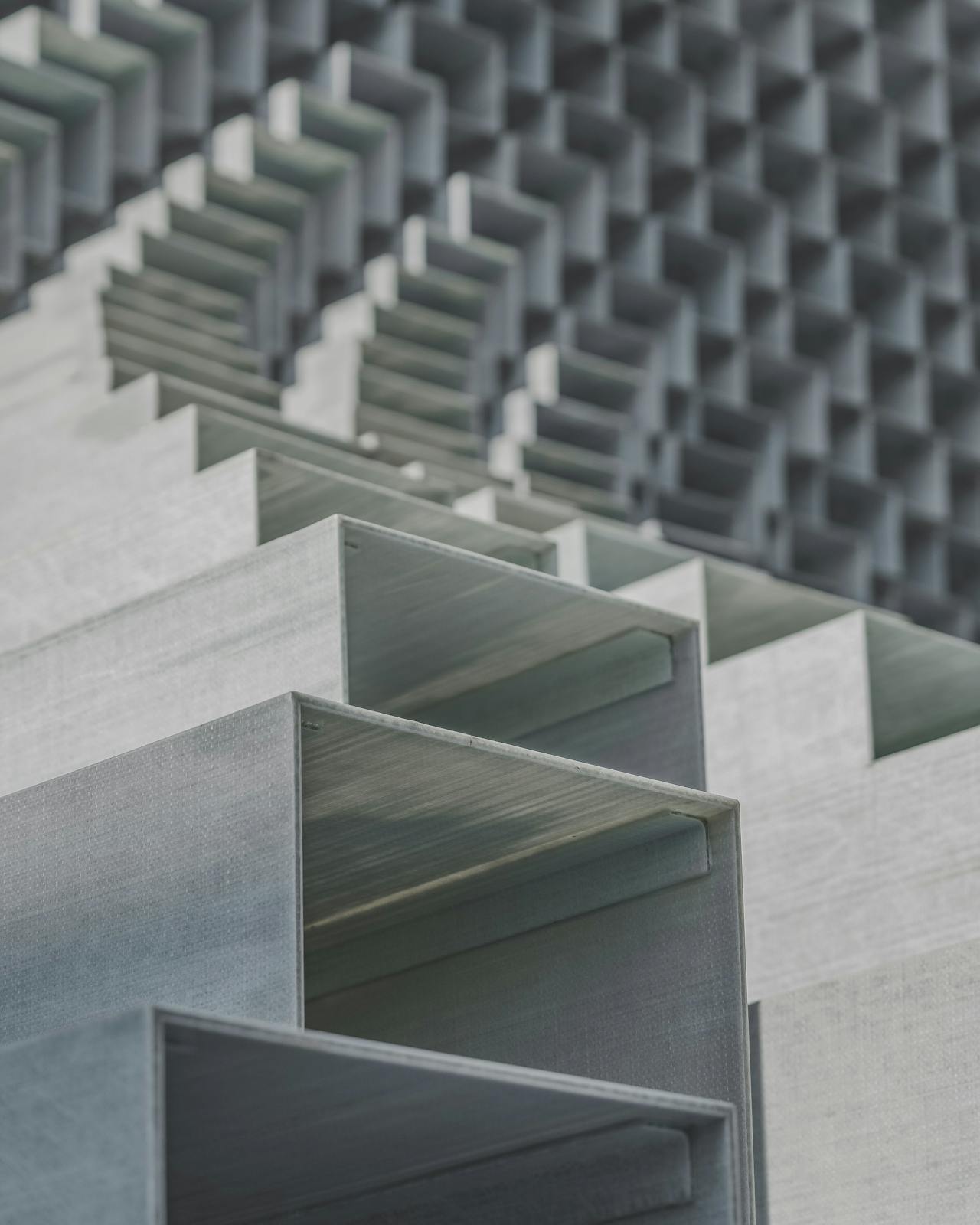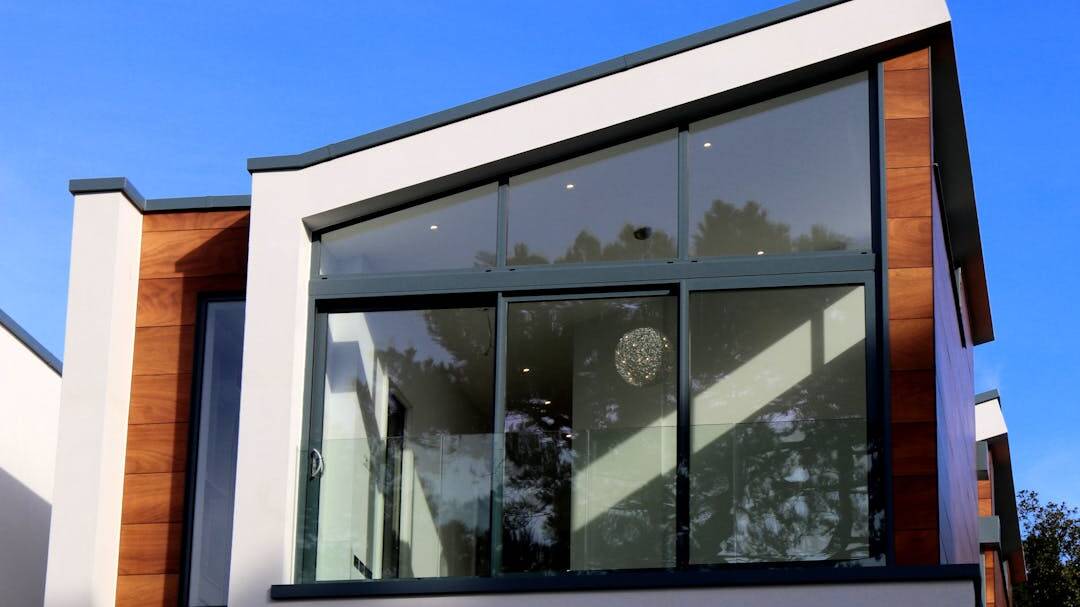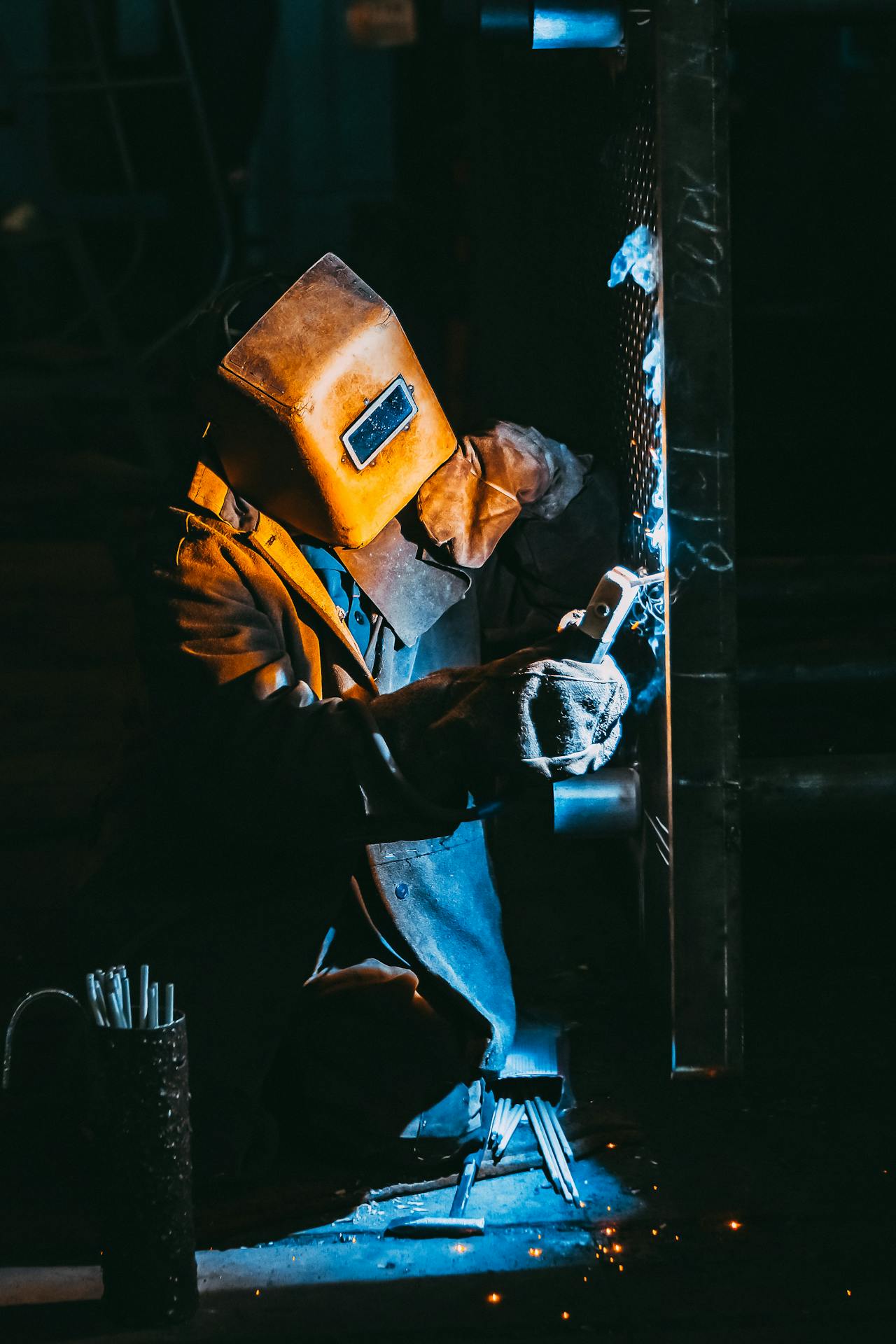Using Steel in Residential Construction

In the ever-evolving world of home construction, residential structural steel is gaining popularity as a strong and versatile option. Whether you’re building a contemporary urban home or a sustainable rural retreat, steel offers a range of benefits that make it an attractive choice for modern homeowners.
Cedar Steel, a leader in the steel construction industry, is committed to providing high-quality steel solutions that meet the needs of today’s discerning builders and architects. In this blog post, we’ll explore the benefits and versatility of using structural steel in housing, showcasing why it has become a preferred material in residential construction.
The Advantages of Steel in Residential Construction
1. Durability and Strength
Steel is renowned for its exceptional strength and durability. Unlike traditional materials such as wood, steel is resistant to pests, rot, and fire, making it a reliable choice for long-lasting residential structures. Its inherent strength allows for larger spans and open spaces in home design, providing more flexibility and creativity in architectural plans. This strength also contributes to the safety of a steel beam house, as it can withstand natural disasters like earthquakes and hurricanes better than many other building materials.
Moreover, steel’s longevity means that homes constructed with this material often require fewer repairs and less frequent maintenance. This durability not only ensures the structural integrity of the building over time but also offers peace of mind to homeowners who want a safe and secure living environment. Additionally, steel’s robustness allows for more design options, creating bold and innovative architectural styles previously unattainable with more fragile materials.
2. Flexibility and Versatility
One of the most appealing aspects of housing steel is its versatility. Steel can be moulded into various shapes and sizes, allowing architects to push the boundaries of traditional design. Whether creating unique architectural features or achieving a minimalist aesthetic, steel provides the flexibility to turn innovative ideas into reality. Furthermore, steel’s high strength-to-weight ratio means it can support heavy loads without requiring bulky support structures, making it ideal for open-plan designs and large windows that bring in natural light.
This flexibility extends to customising home layouts, where steel can accommodate changes to meet specific client needs or lifestyle preferences. Architects and designers can easily modify plans without compromising the structure’s integrity, allowing homeowners to personalise their living spaces to an unprecedented degree. Additionally, steel’s adaptability makes it suitable for various architectural styles, from modern and contemporary to traditional, ensuring it meets diverse aesthetic requirements.
3. Cost-Effectiveness

While steel’s initial cost might be higher than some other materials, its long-term benefits make it a cost-effective choice. Steel’s durability means less maintenance and fewer repairs over a home’s lifespan. Additionally, the efficiency of steel construction can lead to faster build times, reducing labour costs and minimising project delays. Cedar Steel offers competitive pricing on its extensive range of residential structural steel products, ensuring homeowners receive excellent value for their investment.
Steel’s prefabrication options further enhance its cost-effectiveness. Many components can be pre-cut and pre-engineered, reducing on-site labour and speeding up construction timelines. This efficiency translates into significant savings for homeowners in terms of time and money. Furthermore, the precision of steel fabrication reduces waste, making the entire construction process more sustainable and economically viable.
4. Sustainability
In today’s environmentally conscious world, sustainability is a key consideration in construction. Steel is a sustainable and eco-friendly material, as it is 100% recyclable and can be reused multiple times without losing its properties. Using structural steel in housing reduces the demand for timber, thereby decreasing deforestation. Moreover, steel structures can be designed for energy efficiency, incorporating features like solar panels and advanced insulation systems.
Steel’s recyclability means that at the end of a building’s life cycle, its components can be repurposed for other projects, minimising environmental impact and reducing the need for new raw materials. This circular use of resources aligns with global sustainability goals and makes steel an ideal choice for environmentally conscious builders and homeowners. Additionally, steel’s energy efficiency in residential construction can lead to lower utility costs, as homes built with steel are often better insulated and more resistant to external temperature fluctuations.
Applications of Steel in Housing

Steel Framing
Steel framing is widespread in residential construction, offering a stable and durable framework for homes. It provides precise, straight walls that do not warp or twist over time, ensuring a high-quality finish. Steel framing is particularly beneficial in areas prone to termites or high moisture levels, where traditional wood framing might fail. The strength and reliability of steel frames make them an ideal choice for multi-story buildings and complex architectural designs.
Steel frames also allow for more spacious interiors, supporting wide spans without needing numerous internal load-bearing walls. This opens up possibilities for innovative room layouts and expansive open spaces that promote a modern, airy feel. Additionally, steel framing can easily integrate with other building systems, such as HVAC and plumbing, enhancing the overall efficiency and functionality of the home.
Roofing and Cladding
Steel is also used in roofing and cladding, offering protection and aesthetic appeal. Steel roofs are known for their longevity and resistance to harsh weather conditions. They reflect sunlight, reducing cooling costs during hot summers, and can be coated with reflective finishes for added energy efficiency. Similarly, steel cladding provides a modern and sleek appearance while protecting against environmental elements.
Steel roofing and cladding also contribute to a building’s overall sustainability by improving its energy performance and reducing reliance on traditional energy sources. Moreover, they offer a wide range of design options, from traditional tile looks to sleek modern panels, allowing homeowners to achieve their desired aesthetic without compromising performance.
Support Beams
Support beams are crucial in maintaining structural integrity in a steel beam house. Steel beams can support heavy loads, making them essential in open-plan designs and areas where large spans are required. They allow for more spacious interiors without requiring numerous load-bearing walls, creating a sense of openness and flow. Using steel beams also enables the inclusion of large windows and glass walls, maximising natural light and offering stunning views.
Steel support beams provide additional benefits, such as resistance to warping and settling, which can lead to long-term structural issues in buildings constructed with other materials. Their precision-engineered nature ensures they fit perfectly within the design specifications, reducing the likelihood of errors during construction and contributing to the overall stability and safety of the structure.
Considerations for Using Steel
1. Potential Challenges
While steel offers numerous benefits, there are considerations to consider when choosing it for residential construction. Steel can be more expensive upfront than some other materials, requiring skilled installation labour. Additionally, steel structures may require specialised insulation to prevent thermal bridging, where heat transfers through the steel, affecting energy efficiency. However, these challenges can be effectively managed with proper planning and expertise. Ensure your project meets the highest standards by understanding Australia Steel Standards and Compliance.
Steel construction also demands precise engineering and fabrication, meaning any errors can lead to costly adjustments. However, these risks can be mitigated by working with experienced professionals who understand the nuances of steel construction and can ensure that every aspect of the build is executed with precision and care.
2. Working with Experienced Contractors
Choosing a reputable contractor can make all the difference in the success of your steel construction project. Experienced professionals can provide valuable insights and solutions tailored to your needs, helping you navigate challenges and ensuring your home is built to last.
Conclusion
The benefits and versatility of using structural steel in housing are undeniable. From its unparalleled strength and durability to its aesthetic flexibility and sustainability, steel is a modern solution that meets the demands of today’s homeowners. Whether you’re looking to build a contemporary city home or a sustainable countryside retreat, residential structural steel offers the features and advantages needed to create a safe, durable, and beautiful living space. Those interested in exploring the possibilities of steel construction can contact Cedar Steel for expert guidance and support.


